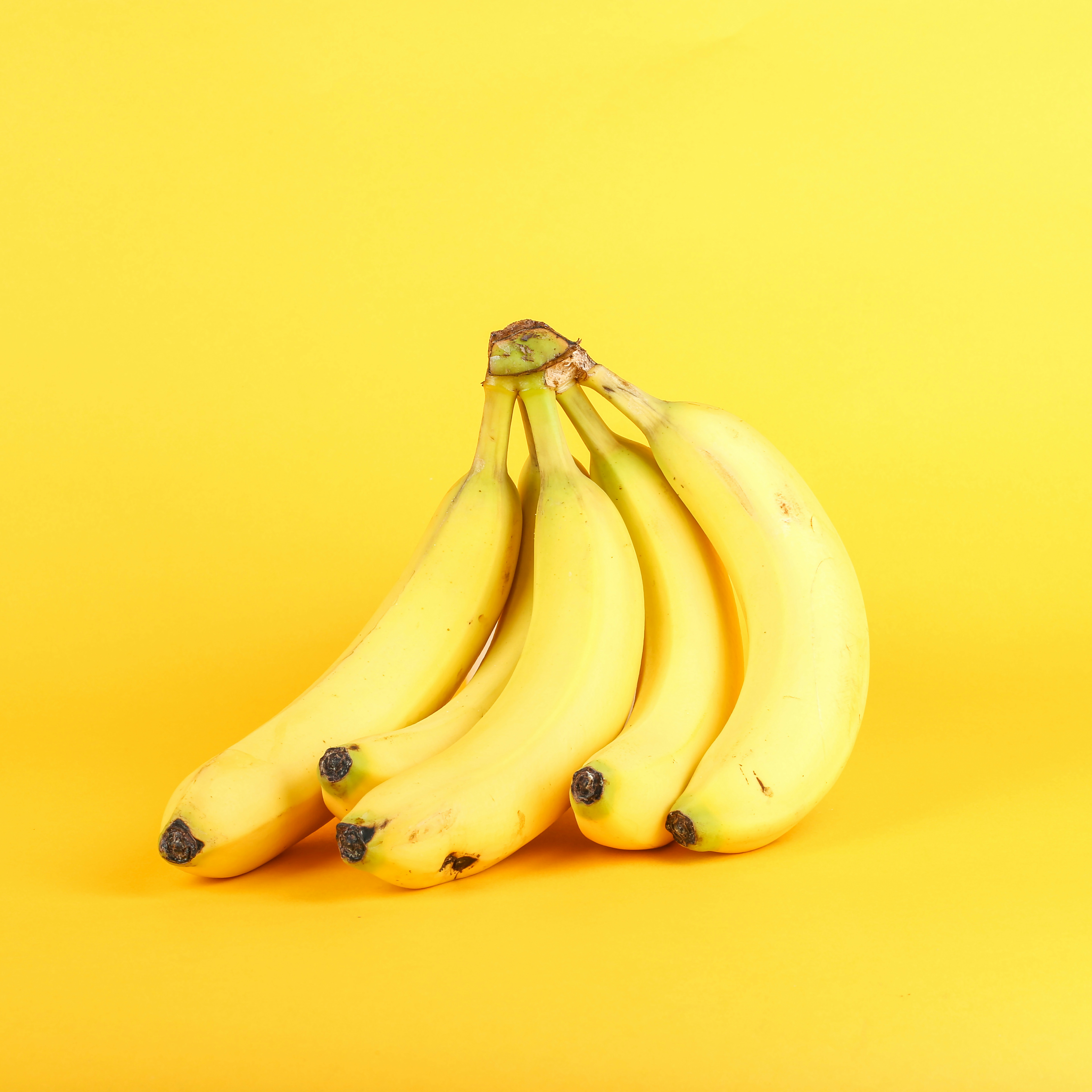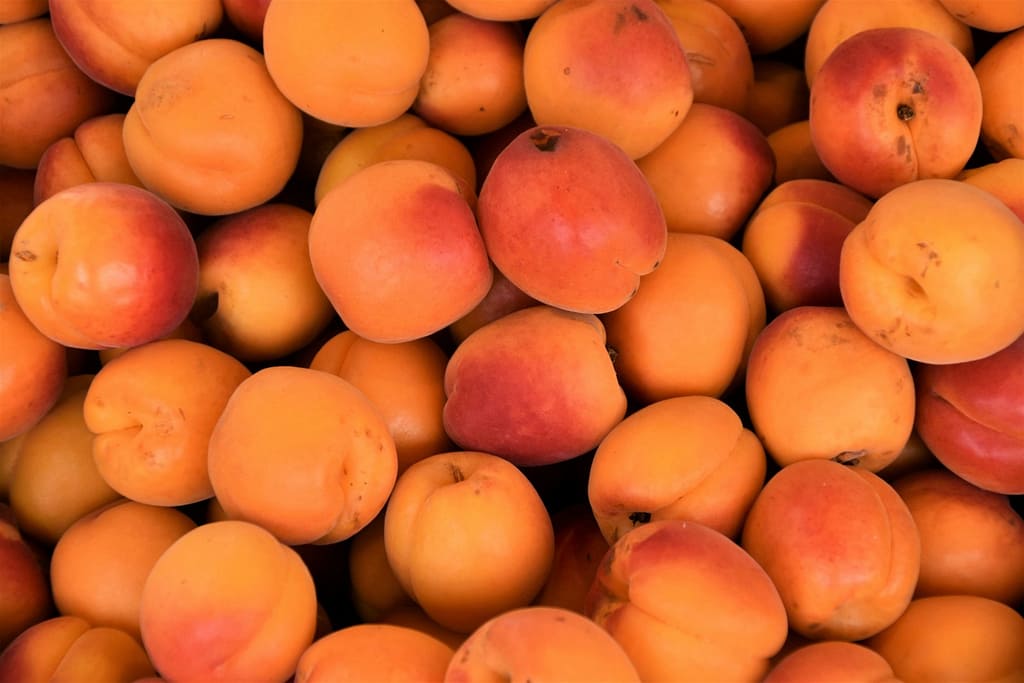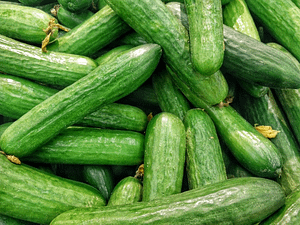
Banana is a delicious and popular fruit that is enjoyed by people all over the world. With its distinctive long shape, bright yellow color, and sweet taste when ripe, bananas have become a staple in many diets. However, despite their widespread popularity, the exact origin of bananas remains a mystery.
It is believed that bananas originated in the region of Southeast Asia, which includes countries like Malaysia, Indonesia, the Philippines, and New Guinea. The long history of banana cultivation in these areas has contributed to the fruit’s global appeal. Today, bananas are grown in tropical and subtropical regions across the globe.
The Diversity of Bananas
One of the fascinating aspects of bananas is the wide variety of cultivars available. From sweet bananas like the popular Cavendish to cooking bananas like plantains, there is a banana for every taste and culinary need.
The Cavendish banana is perhaps the most well-known variety. It is known for its creamy texture, sweet flavor, and convenient size. Cavendish bananas are commonly eaten fresh or used in desserts and smoothies.
Plantains, on the other hand, are starchier and less sweet than Cavendish bananas. They are often used in cooking and can be fried, boiled, or baked. Plantains are a staple in many tropical cuisines and are enjoyed in various savory dishes.
Other popular varieties of bananas include the red banana, which has a reddish-purple skin and a slightly different flavor profile, and the finger banana, which is smaller in size and often used as a garnish or snack.
The Anatomy of a Banana Plant
Banana plants are not actually trees but large herbaceous plants. They belong to the family Musaceae and are closely related to plants like ginger and heliconias. The main stem of a banana plant, known as the pseudostem, is made up of tightly packed leaf sheaths.
The leaves of a banana plant are large and elongated, with a distinct midrib running through the center. These leaves are often used for various purposes, such as wrapping food or as plates in some cultures.
At the top of the pseudostem, a cluster of flowers known as the inflorescence emerges. Each flower will develop into a hand of bananas, which is a group of bananas arranged in a curved cluster. The bananas grow in layers, with each layer referred to as a tier.
Once the bananas have reached maturity, they can be harvested. The timing of the harvest is crucial, as bananas need to be picked when they are still green and then allowed to ripen off the plant. This ensures that the bananas develop their characteristic yellow color and sweet taste.
The Nutritional Benefits of Bananas
In addition to their delicious taste, bananas also offer a range of nutritional benefits. They are a good source of dietary fiber, which aids in digestion and helps maintain bowel regularity. Bananas also contain essential vitamins and minerals, including vitamin C, vitamin B6, potassium, and manganese.
Potassium, in particular, is an important mineral found in bananas. It plays a vital role in maintaining proper heart function, regulating blood pressure, and supporting muscle and nerve function.
Furthermore, bananas are a natural source of energy due to their high carbohydrate content. This makes them a popular choice among athletes and individuals looking for a quick and convenient source of fuel.
Bananas in Culinary and Cultural Traditions
Bananas have been a part of culinary and cultural traditions for centuries. In many tropical countries, bananas are a staple food and are used in a wide range of dishes.
In Southeast Asia, for example, bananas are often used in traditional desserts such as banana fritters or banana cakes. In the Caribbean, plantains are a common ingredient in dishes like tostones or mofongo.
Aside from their culinary uses, bananas also hold cultural significance in some societies. In certain cultures, bananas are considered a symbol of fertility and are used in rituals and ceremonies.
The Future of Bananas
While bananas are enjoyed by millions of people worldwide, they face several challenges in the future. One of the main concerns is the vulnerability of the Cavendish banana to a strain of Panama disease, a fungal infection that can devastate banana plantations.
Efforts are underway to develop disease-resistant banana varieties and promote sustainable farming practices. Additionally, there is growing interest in exploring the potential of wild banana species, which may offer genetic traits that can help improve the resilience of cultivated bananas.
As the world continues to appreciate the deliciousness and versatility of bananas, it is crucial to ensure the long-term sustainability of banana cultivation and protect the genetic diversity of this beloved fruit.
In Conclusion
Bananas are not just a tasty fruit; they are a testament to the rich history of agriculture and human ingenuity. From their mysterious origins in Southeast Asia to their global popularity today, bananas have captured the hearts and taste buds of people around the world.
Whether enjoyed fresh, cooked, or used in various culinary creations, bananas offer a delightful combination of flavor, nutrition, and cultural significance. As we navigate the challenges of the future, it is important to appreciate and protect the diverse world of bananas.

